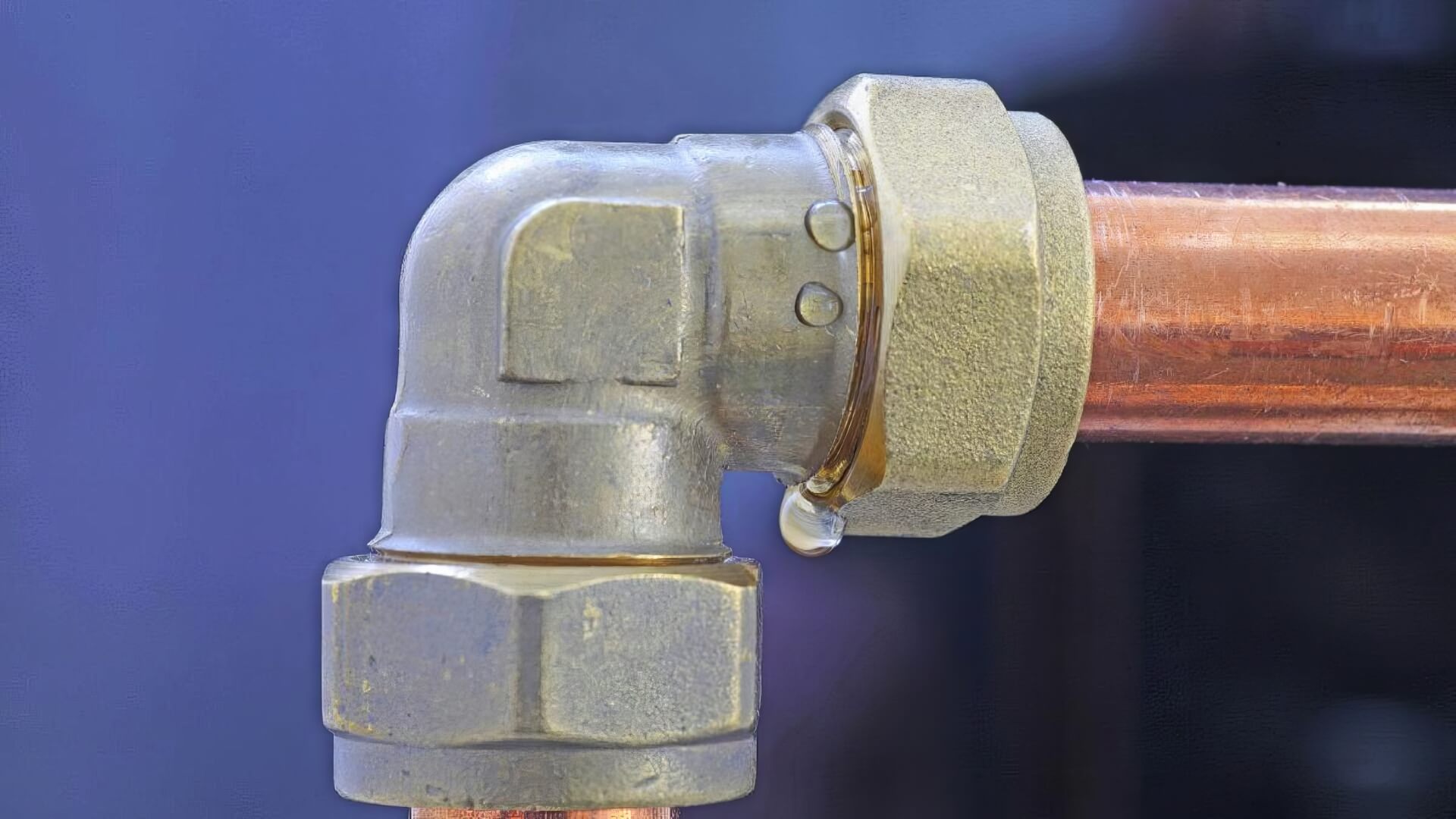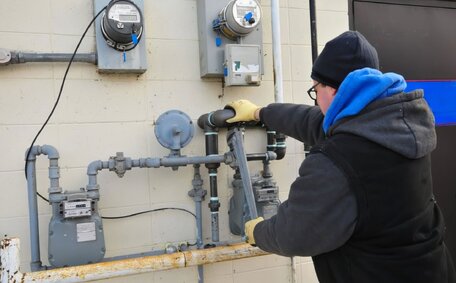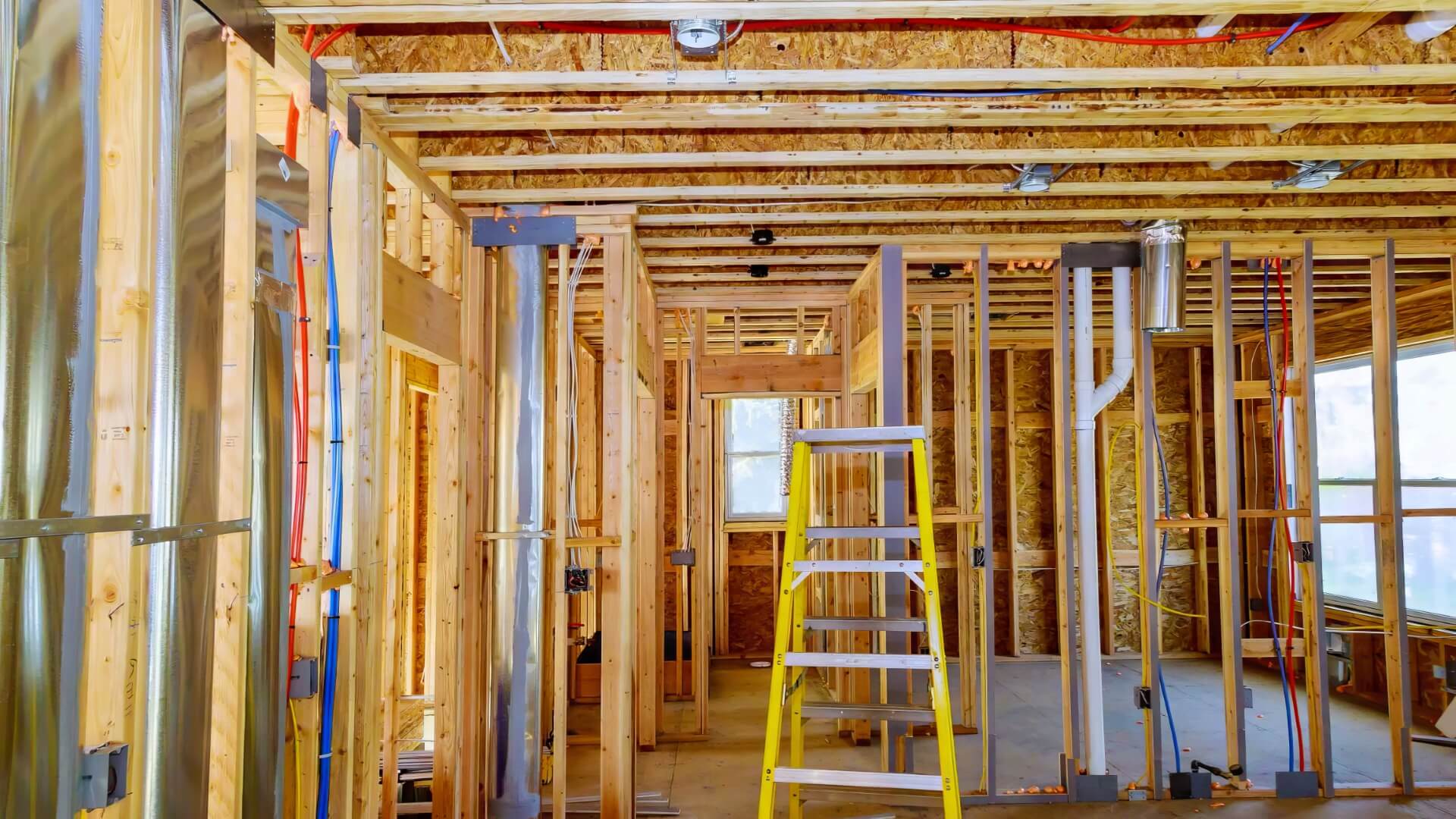Introduction to Garbage Disposal Maintenance
Proper maintenance is key to ensuring efficient operation and longevity of your garbage disposal unit. As specialists in garbage disposal maintenance and repair, Beecroft Plumbing provides expert guidance. This guide outlines practical strategies for cleaning your disposal unit and troubleshooting common issues to keep it in prime condition.
Essential maintenance practices for cleaning your garbage disposal include grinding ice cubes, using a vinegar baking soda mixture, and running citrus peels. We’ll delve into what not to put down the drain, how to reset tripped buttons, fix leakages, unblock blades, reduce noises, and use soda vinegar for clean-up.
Follow these maintenance tips to ensure seamless operation of your disposal system.
How a Garbage Disposal Works
A garbage disposal is an effective grinding device that fits under your kitchen sink, connecting the drain and trap. It employs a motor that propels a rotating shredder plate, equipped with blunt blades that pulverise food scraps into tiny particles, along with other substances, ensuring safe transit through your kitchen sink plumbing pipes.
When activated, the disposal draws water and food scraps into the grinding chamber as it spins.
The pulverised waste is then ready to run through the garbage P-trap, easing its journey down into your plumbing system.
Cold water is critical for optimal performance; always use it when the disposal is in operation. After grinding, continue to run cold water for 30 seconds to flush out any residual debris.
Common Problems With Garbage Disposals
An understanding of common garbage disposal issues can help prevent actions that impair performance and function. Left unchecked, continued use without proper care can swiftly turn garbage disposals from a kitchen convenience into a problematic burden.
Become familiar with how to address common problems, including:
- Unusual noises, more than just a loud grind or a squeak
- Switch off disposal if you experience frequent jamming and clogging
- Leaking water from the bottom of the unit
- Bad odours emanating from the disposal
- Failure to start or can turn the reset button
Unusual noises typically signify an issue with the internal mechanisms, often caused by small objects falling into the grinding chamber like silverware. Clogs often stem from inappropriate items such as eggshells, grease, and fibrous materials that entangle in the shredder blades.
Leaks often indicate a faulty seal, with bad odours pointing to residue buildup, highlighting the need for regular maintenance.
Homeowners can follow certain troubleshooting steps to resolve common garbage disposal issues before seeking professional help. But it’s often a good idea to leave complex repairs to qualified technicians.
Clogs and Jams
Clogs and jams are common garbage disposal issues that hamper performance and can potentially damage the unit. They usually occur when fibrous or stringy foods get caught in the shredder mechanism, preventing it from spinning.
Prevent clogs by running cold water during operation and avoiding disposal of starchy items like potato peels or rice. Fats, oils, and grease can solidify, forming clogs without proper mitigation; avoid draining any food remnants or grease down disposal. Grinding small citrus peels into disposal helps degrease the unit.
Should you hear unusual noises or if the disposal halts, turn it off at once. To clear the jam, restart the unit while continuing to run cold water.
Avoid placing your hands inside the disposal; use tools to safely address any issues.
For severe jams, you can also use cut off power to the disposal by accessing your circuit breaker box before attempting to remove stuck items. Alternatively, inserting an Allen wrench into the centre shaft can release air pressure and loosen jams.
For safety and to avoid damaging components, contact a professional if you struggle to clear a blockage. Continuously running a jammed garbage disposal can overheat the motor and damage the blades, leading to further problems. Professional repair or replacement of older failing disposal units may become necessary as time progresses.
Unusual Noises
Hearing unusual noises from your garbage disposal like loud grinding, squeaking, rattling, or vibrating could indicate a problem. Common reasons include:
- Small objects like silverware, bones, or glass stuck in the shredder mechanism
- Partially jammed motor struggling against debris that has fallen into the drain
- Damaged or worn shredder assembly, blades, or mounting parts
If you notice strange noises, ensure your garbage disposal is turned off immediately to prevent any harm. Try clearing any stuck debris and run the unit to check if the sounds persist.
If so, unplug and cautiously inspect with your hand after confirming that the power is disconnected. Should the blades of your disposal spin without hindrance, it could signal worn components—another cue to switch your disposal off and consider repairs.
Although you can often rectify minor jams or remove small objects on your own, a professional should address larger obstructions or unclear internal problems. A technician can inspect for wear and damage, ensuring everything is in order to maintain your disposal once any issues are detected. Allowing unusual grind noises to continue risks overheating and burnout.
As your garbage disposal ages, increased noises can signal the need for service or replacement. Regular maintenance helps reduce wear but internal parts still degrade over time. For new or worsening sounds, contact an expert if you hear grinding that suggests impending damage before operation leads to a destroyed unit.
Regular Maintenance and Cleaning
Regular cleaning with ice is essential to maintain smooth operation of your garbage disposal over time. Strive to conduct a rigorous clean once every two months using disposal ice cubes and natural cleansers to preserve optimal performance.
For regular upkeep, clean your disposal weekly with a mixture of ice cubes and rock salt. The ice chips work wonders in sharpening blades while the salt actively scrubs away residue cascading down your disposal unit. Consider incorporating the routine of grinding citrus peels or opting for a baking soda vinegar mix to keep smelling fresh down the drain.
- Unplug the disposal and shine a flashlight down the drain to check for debris. Use tongs to carefully allow any large items to come out.
- Dump one cup of baking soda followed by 1 cup vinegar down the drain. Cover opening tightly for 1 minute while it fizzes to degrease pipes.
- Scrub the interior with an old toothbrush or long-bristled brush and boiling, sudsy water. Target the rubber splash guard to eliminate lingering residue.
- Chase the scrubbing routine with a continuous stream of hot water for half a minute, and then don’t hesitate to run your disposal for an entire minute.
Refrain from using chemical drain cleaners, as they can damage internal parts. For stubborn odours or residue, occasionally use an all-natural oxygenating tablet and flush thoroughly after.
Sticking to a steady maintenance routine can vastly get rid of clog risks and unpleasant smells, while keeping your garbage disposal working effectively. If issues still arise despite cleaning, contact a professional for service.
Avoid Putting Certain Items Down the Disposal
Placing the wrong items in your garbage disposal can lead to clogs, jams, and unpleasant odours, risking long-term damage. Avoid placing the following items in your disposal:
- Egg shells - Can get lodged in shredding mechanism
- Coffee grounds can cause significant drain clogging and are quite abrasive to pipes
- Fibrous foods - Celery, artichokes, corn husks jam blades
- Starchy items - Rice, pasta, potato skins cause obstructions
- Grease/oil - Coagulates into clogs
Also, refrain from disposing of meat with bones, fruit pits, onion skins, and popcorn kernels in your unit. Over time, abrasive items also erode the internal grinding components.
Compost plant-based scraps when possible and discard inedible items like fruit pits and meat bones in the trash. Adhering to these guidelines helps avert numerous common disposal problems.
Tips for Routine Cleaning
You should clean your garbage disposal as a standard part of your routine kitchen cleaning. Here are some quick tips how clean garbage disposal units effectively:
- You might consider a routine to grind some ice shards and a pinch of rock salt each week. The ice shards help sharpen the blades while the salt scrubs away grease and grime.
- Let water flow freely, specifically hot water, after using the disposal to rinse away residual debris. Let the water run for 30 seconds.
- Periodically pour a concoction of baking soda into the vinegar down the drain while the water is flowing. The fizzing reaction helps break up grease and eliminate odours.
- Use a long-handled brush monthly to scrub the inside walls, taking care not to damage any components.
- Clean metal filters/baffles regularly to remove any lingering food particles.
- Wipe down the outside housing and splashguard with some dish soap and soapy water to keep the exterior pristine.
Making garbage disposal cleaning a part of your routine maintenance helps ensure it runs smoothly for years. But if any problems do pop up, contact our experts right away.
DIY Cleaning Methods
There are several safe, effective DIY cleaning methods for your garbage disposal using common household ingredients.
Baking Soda and Vinegar
For a thorough deep clean:
- Pour about cup of baking soda down the drain
- Follow with 1 cup of white vinegar
- Cover opening tightly for 1 minute while it fizzes to break up residue
- Flush with hot water for 30 seconds
Ice and Rock Salt
For weekly maintenance:
- Place several cups of ice into the disposal
- Lavishly apply a cup rock salt before activating the garbage disposal
- Run disposal and grind for 30 seconds to sharpen blades
Lemon or Lime Peels
For deodorising:
- Toss used citrus peels down the drain
- Turn on the disposal and grind for 60 seconds
- Run water for 30 seconds after
Be sure to avoid chemical drain cleaners as these can damage the unit. Adhering to natural methods demonstrates how clean garbage disposal can be kept in top shape.
When to Call a Professional
While regular cleaning and minor troubleshooting can be handled DIY-style, there are certain garbage disposal issues that warrant professional assistance. Reach out to Beecroft Plumbing on 1300 349 338 or send your query with name email to jobs@beecroftplumbingservices.com.au for swift, dependable assistance when necessary:
- Persistent jams or clogs that turn off your garbage disposal and can’t be dislodged with an Allen wrench or tongs
- Major leaking from the base that causes a puddle or slip hazard
- Loud grinding noises even after attempting to clear obstructions
- Foul sewage smells coming from the disposal itself
- Failure to start or turn, even after pressing reset buttons
- Smoke or burning smell indicating an overheated motor
- Excess vibration upon startup meaning internal damage
Although regular maintenance reduces problems, disposals may still need professional attention or replacement over time. If you notice the unit struggling despite efforts to unclog and clean it, don’t hesitate to call our team.
With decades of experience, we can quickly diagnose any problem and identify solutions, whether it’s a repair, part replacement, or full unit swap-out. Don’t let seemingly minor disposal problems turn into plumbing emergencies – call Beecroft Plumbing for reliable garbage disposal and drain service.
Extending the Lifespan of Your Disposal
Ensure the efficiency of your garbage disposal for the long term by making regular maintenance part of your cleaning schedule. Consult our guide for monthly and weekly chores such as grinding ice, cleaning with baking soda, and using citrus peels, showing you garbage disposalhow to keep odours and residue at a minimum.
It’s also vital to avoid disposing of fibrous or starchy foods, which can clog the unit. Stick to grinding soft foods only and run plenty of cold water when operating the disposal to wash particles down the drain.
For minor jams, DIY fixes may suffice, but for leaks, persistent odours, smoke, unusual noises, or start-up failures, contact Beecroft Plumbing promptly. Our technicians can identify issues and solutions to have your unit running smoothly again.
Remember, regular cleaning and care makes all the difference when it comes to your garbage disposal’s lifespan. Follow our maintenance schedule and usage tips and your unit should provide decades of reliable service. We’re here to help if problems do pop up - trust Beecroft Plumbing to keep your kitchen waste flowing smoothly.






